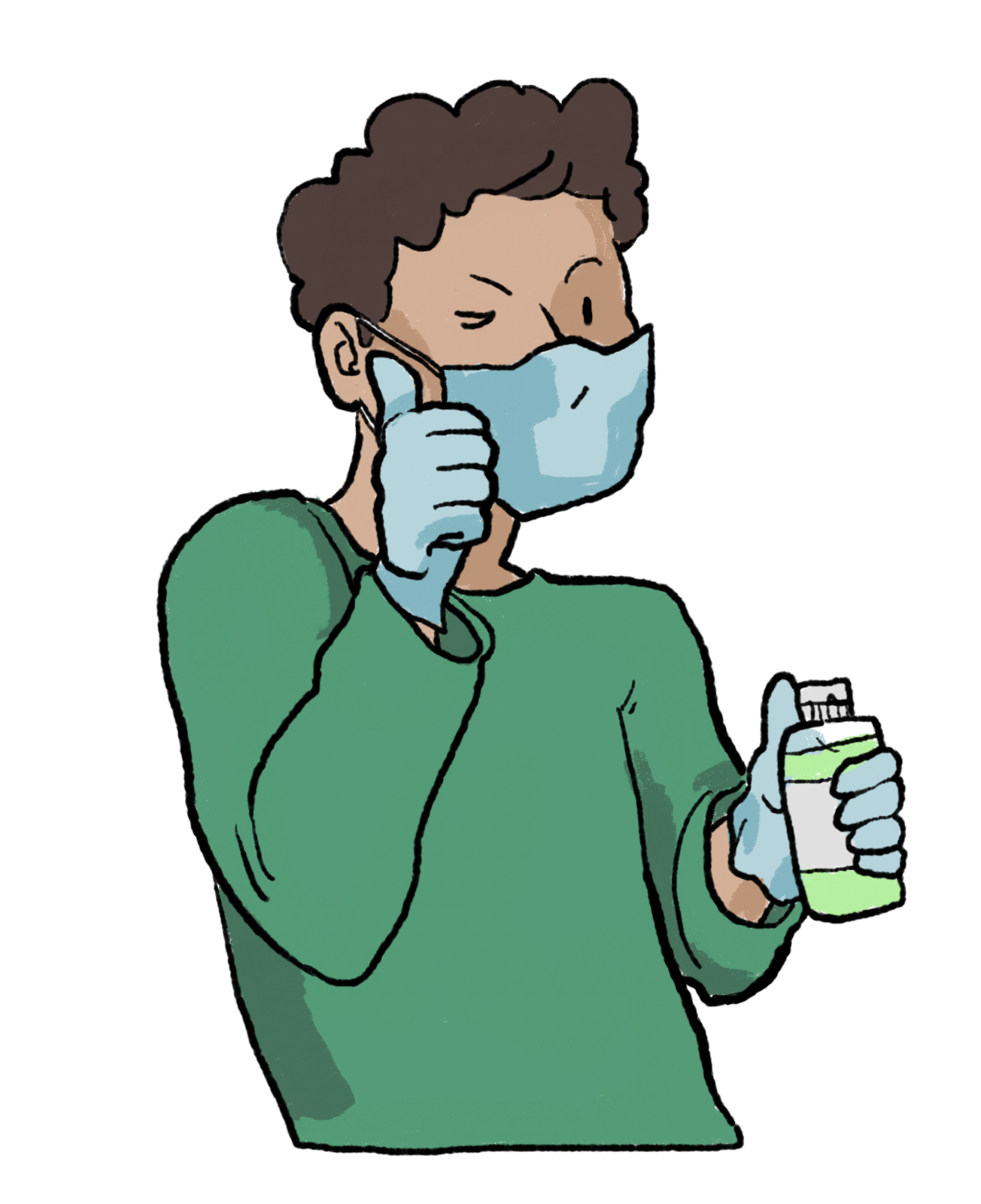
For the first time in their short lives, millenials and Gen-Z had an advantage in the workforce in spring of 2020: they will most likely not die from the highly infectious disease that was quickly travelling across the world.
This new reality was slow-growing. Four months had passed after the initial coronavirus outbreak in Wuhan, China. Too many professionals were stuck working from home. As companies quickly found out, there is only so much work that can be done remotely.
Young people came to the rescue. With face masks on and gloves donned, they began to do what they had been told was the purpose for all of their lives: they worked. First it was medical assistance and relief to those who needed it. But eventually, like the number of confirmed cases of the virus, their roles grew.
Those who still ventured outside during the pandemic began to notice that many of the people they interacted with in the world — their bank teller, their grocer, the gas station attendant, the police force — were all younger than 50. The classic economic prophecy of supply and demand had been fulfilled: where there once was a gaping void, young people were happy to fill it.
Of course, several health officials warned the public that this would do very little in regards to slowing the spread of COVID-19. On the contrary, they said, this will only exacerbate the spread of COVID-19.
“This is a grave mistake, do not do it,” said CDC spokesperson Cassandra Wang. “Oh God, please listen to us, why does nobody listen? Even if these young people either have mild symptoms or no symptoms at all, they still carry the disease and pass it onto every surface, hand or body that they touch.”
Nobody listened, and even more young people entered the field as President Trump announced in his first press conference this year that this age group was actually incapable of getting this virus, or indeed, getting sick at all. They were still at the age in which invincibility runs through their veins. It would be fine. It would be better than fine, it would be perfect! The most perfect workforce the world had seen yet.
Hours later, a correction later came from a senior White House correspondent that discounted every claim previously made by the POTUS. Sadly, the damage was done. The very same people who listened to Trump when he said there were enough tests believed him when he said the young people were the way to keep the country running and safe.
As the supply lines dried up, people panicked. People wanted their Diet Coke more than they needed their hoarded toilet paper and hand sanitizer.
Soon, a few corporations began sending in young people, without even a day of experience, into corporate offices as “surrogates” to the big bosses still at home. It was not long until the lengthy updates to the big boss became short assurances of “It will be fine, Karen, just leave it to me.” Eventually, the new, young bosses stopped bothering to call at all. The workforce saw record numbers of people of color, women and people with disabilities (but strong immune systems). The old, white men who were previously in power now stayed home, powerless to the decisions the young people made in their stead. (Here is a secret: the young people made better decisions, too.)
A troublesome divide was created, a public in which young people could run freely, and the older generations who were stuck in their homes, with their iPads, luncheon meat and grocery delivery service.
Eventually, a vaccine was found. Baby boomers and their middle-aged comrades were ready to take their positions back without so much as a thank you. But there was one problem. Suddenly, listed in all job openings, was the innocuous line: “One-plus year of hands-on pandemic experience preferred.” The remaining boomers did not know what to do with this. They cried foul play. They said it would have been dangerous and impossible for them to have gained hands-on pandemic experience. We could have died, they said.
“Did you consider an internship?” The young ones asked.
Subscribe to the Mossy Log Newsletter
Stay up to date with the goings-on at Lewis & Clark! Get the top stories or your favorite section delivered to your inbox whenever we release a new issue.

Leave a Reply